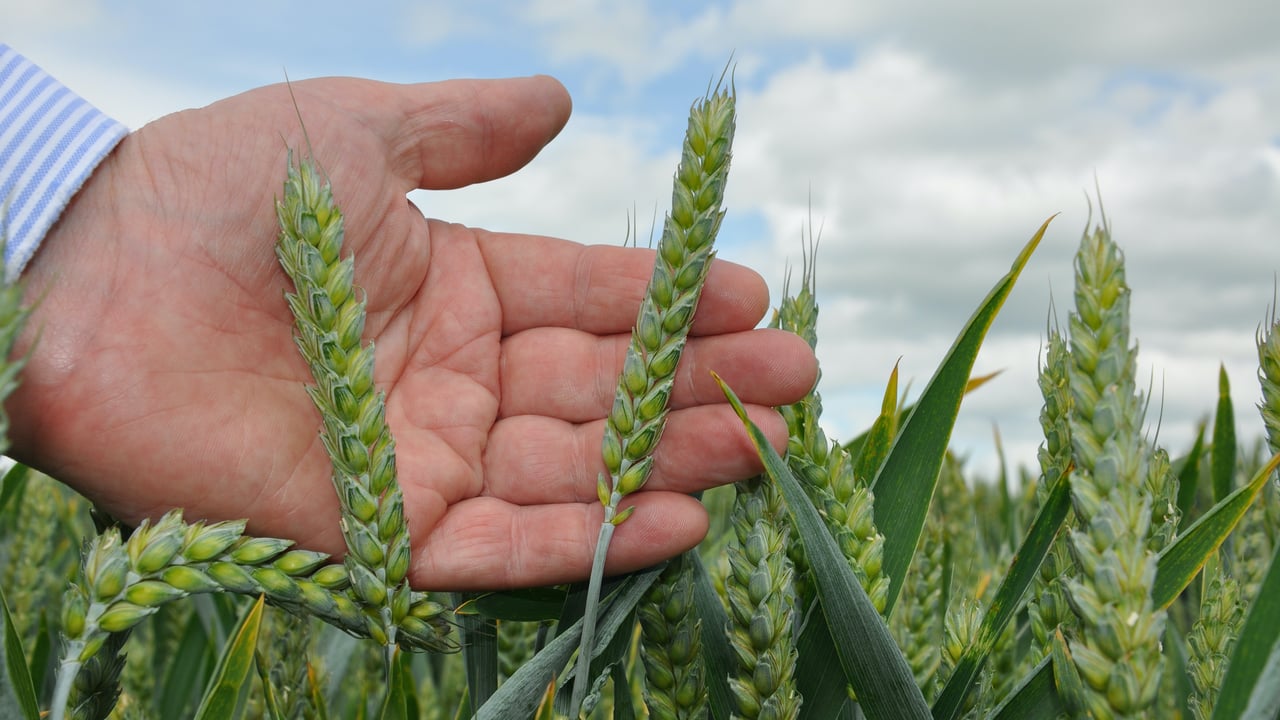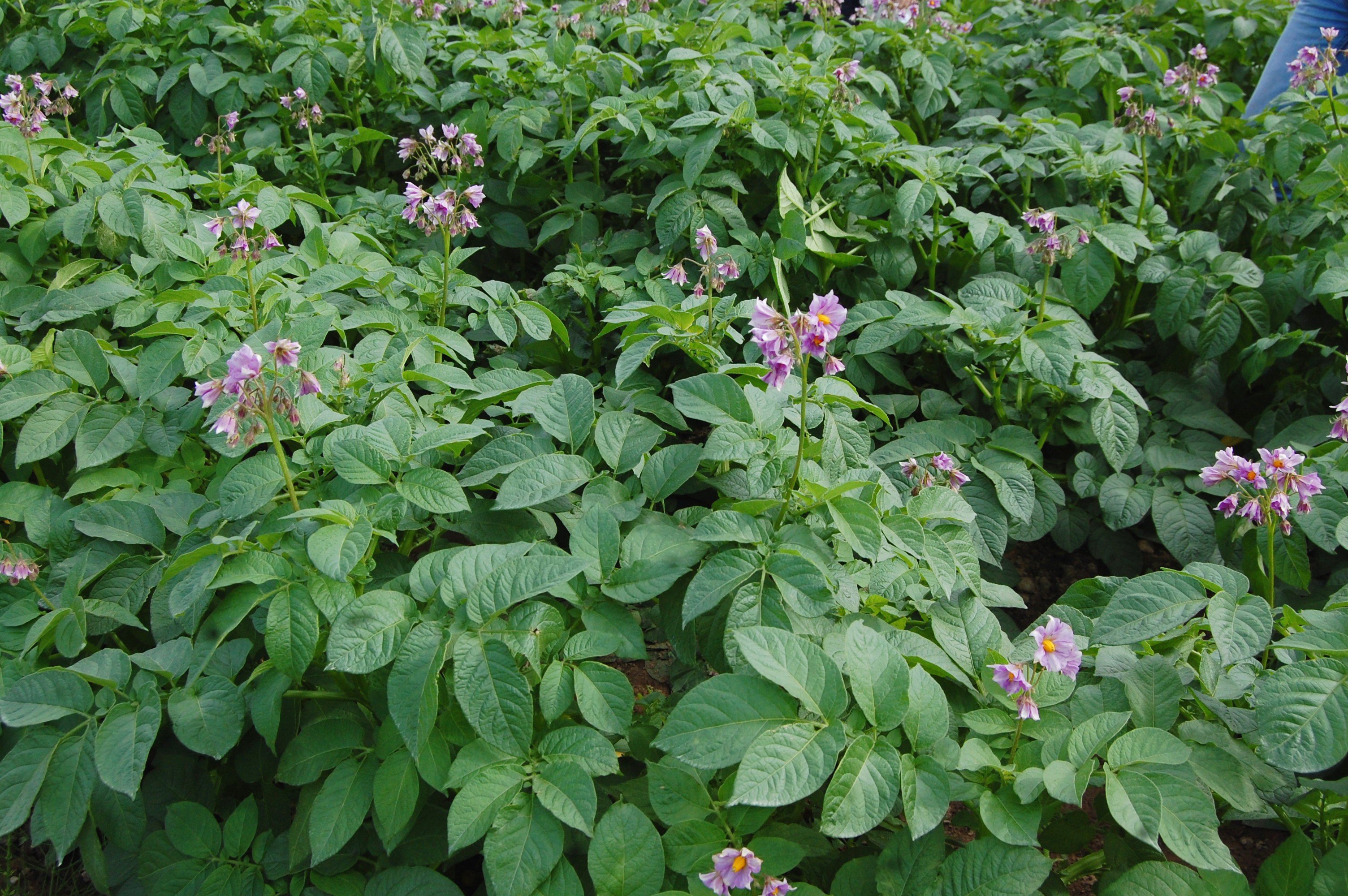Tillage: Latest crop report brings both good and bad news
The latest crop report from Teagasc paints a very encouraging picture regarding the current state of winter cereals.
However, the recent dry spell has made life very challenging for spring crops.
The report indicates that crops are looking promising this year, with good yield potential overall. The dry weather has helped keep septoria levels down.
But the disease still showing up, according to the crops report especially in more susceptible varieties. Any gaps or weaknesses in fungicide programmes have been exposed, even in this relatively dry season.
This highlights just how much of a threat septoria continues to be in Irish wheat crops, regardless of weather conditions.
Yellow rust has been a more consistent issue this year. It has turned up in varieties that do not usually get it, which suggests we may be dealing with a new strain or a shift in existing ones.
Even now, late in the season, there are still reports of fresh infections, so it remains a concern.
Spring barley crops are a bit mixed at the moment. The earlier sown crops have mostly avoided the worst effects of the dry weather. These crops have good tiller numbers and are now at or approaching awn emergence.
Later sown crops, especially those on lighter soils, have suffered more from the dry spell. However, the recent rainfall has been very welcome and will benefit all crops going forward.
Disease levels are generally low at the moment, according to the Teagasc crops report. The main concern for the final fungicide spray will be ramularia.
It is important to get the timing right, as the recent moisture could encourage its development.
Crops have emerged well and the recent rain will help to alleviate any potential drought issues as well as helping residual herbicides to be more effective.
However, blight pressure will start to build as a consequence of the rain and high soil temperatures, so if not already started blight control should begin in most crops in the coming days.
The recent rain may have arrived just in time for spring beans. Most crops are well into flowering and, so far, remain largely disease-free.
Most growers managed to get the first fungicide on before the rain, which will help keep diseases at bay.
A second fungicide will typically be needed about three weeks after the first to maintain protection through flowering and early pod fill.
According to the crops report, one issue this season has been bean weevil - notching damage has been noticeable in many crops.







